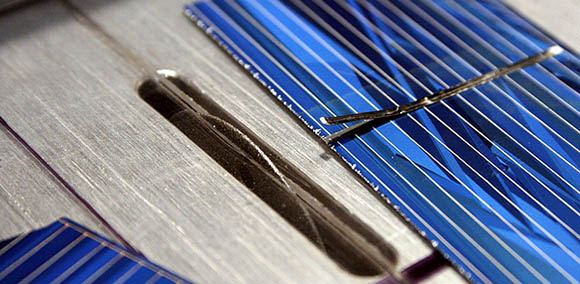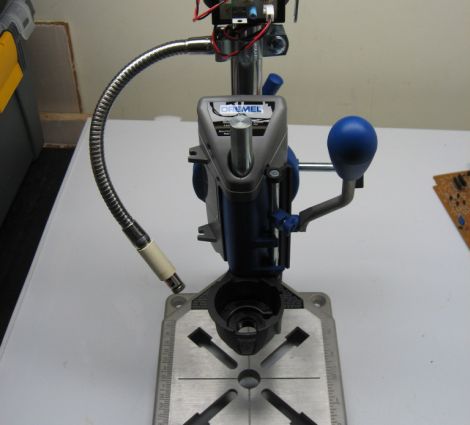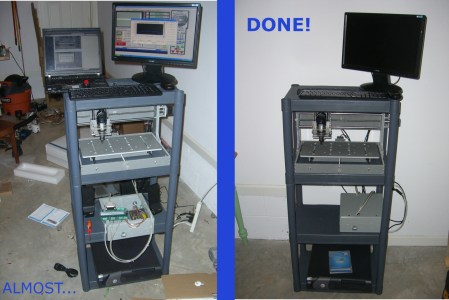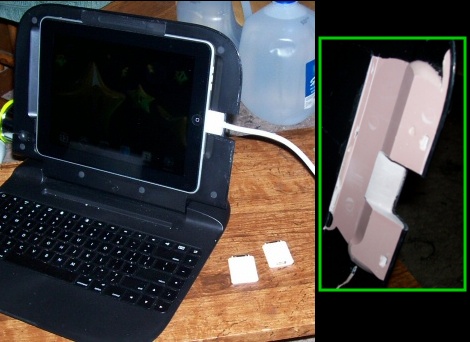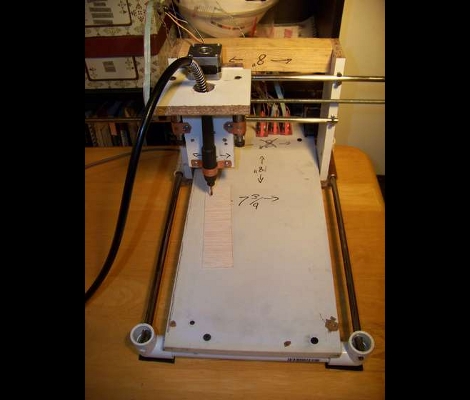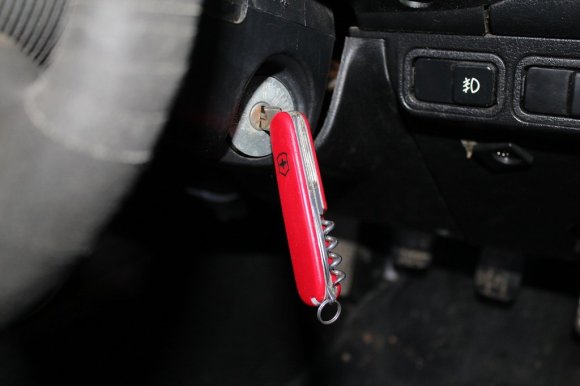
This isn’t a hack that shows you how to start a car without the keys. It’s a way to ditch the bulky keyring for a set of fold-out keys. [Colonel Crunch] removed the blades from the pocket knife and replaced them with the two keys for his car (one is ignition and door locks, the other opens the trunk). He didn’t take pictures of the process, but he did link to this unrelated guide on how it’s done.
About one minute into the video after the break we see each step in the build process. First the plastic trim is removed from either side of the knife. The blades are basically riveted on; there’s a pin which holds them in and either side of it has been pressed to that it can no longer move through the holes in the frame. To get around this one side is ground off with a rotary tool, and the pin is then tapped out with a hammer. The removed blade/scissors/tool is used as a template to cut the body of the key down to size and shape. The pin is then hammered back into place before putting the plastic trim back on.

